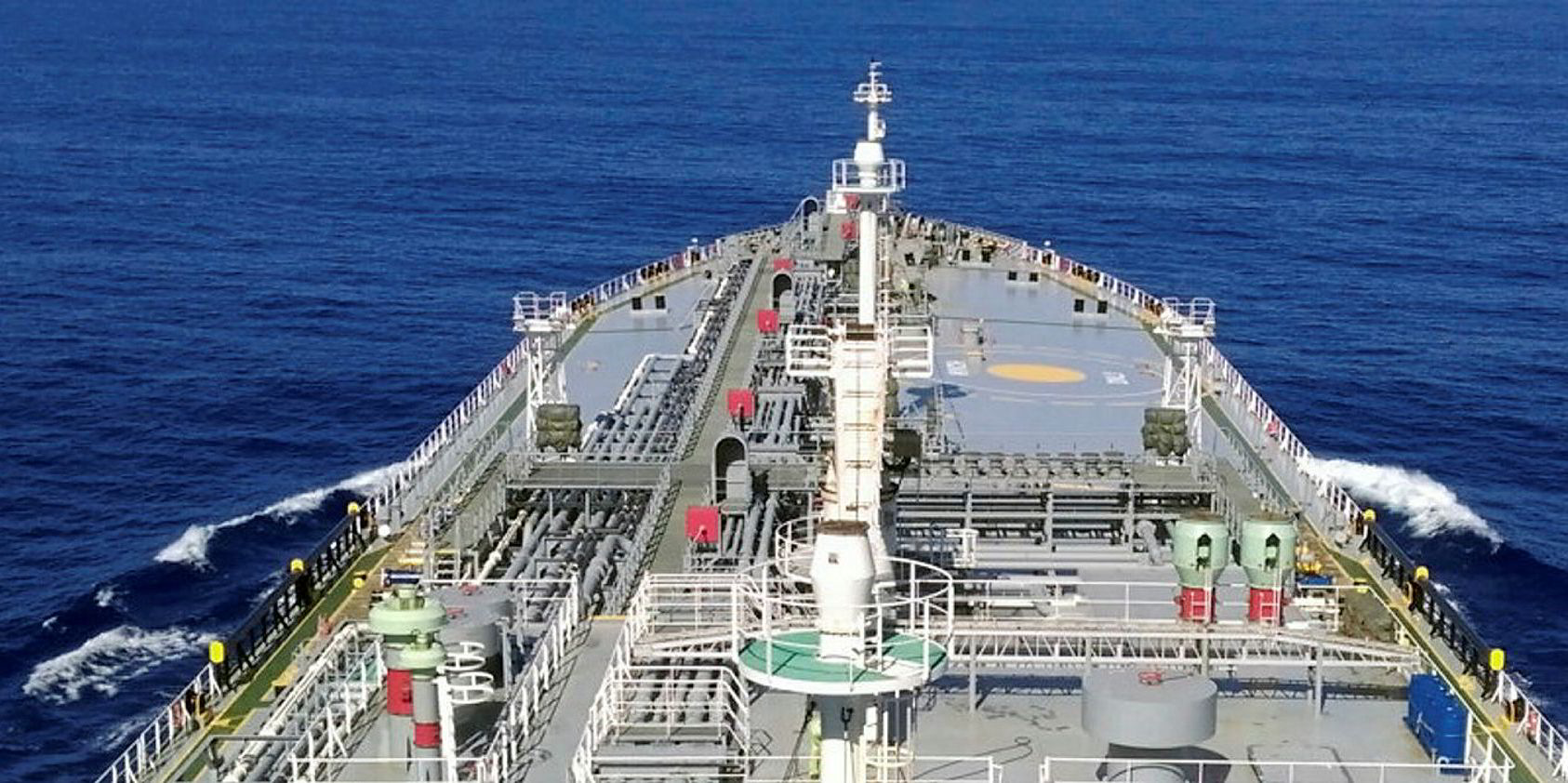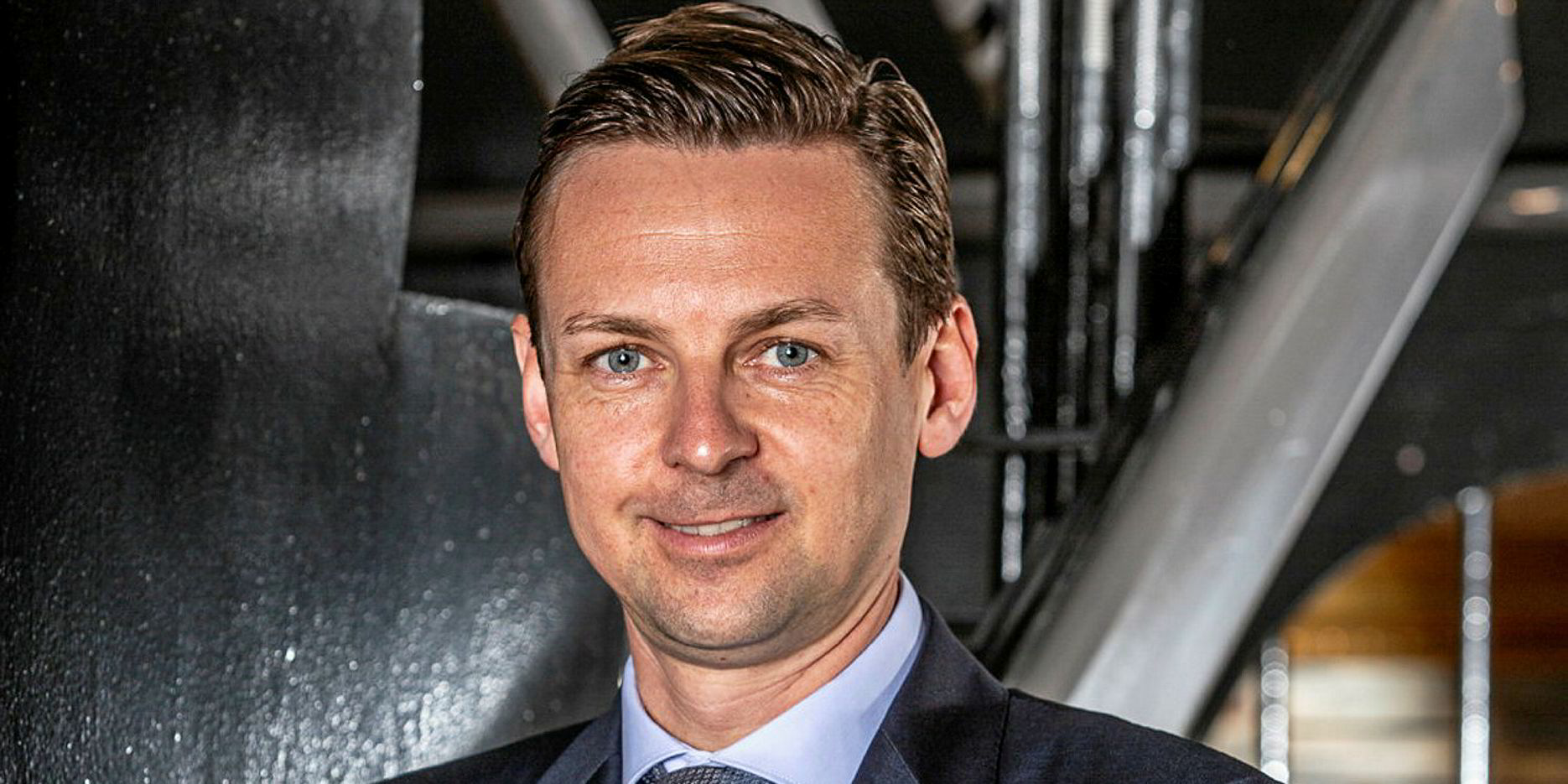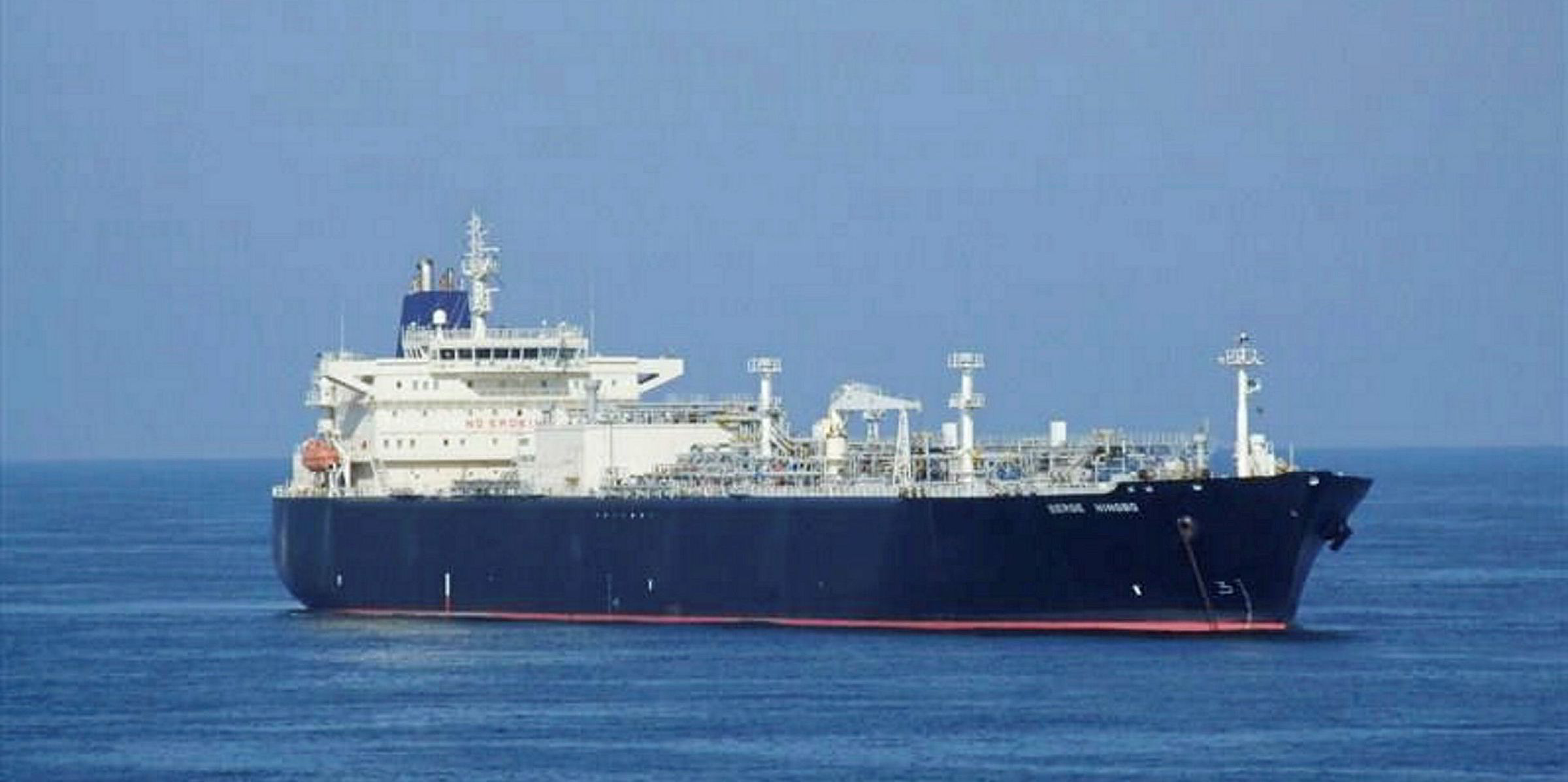Cheaper newbuilding prices versus high secondhand prices are said to have been a factor in Avance Gas’ decision to go to DSME for two new VLGCs.
The Oslo-listed owner’s management had seen a need to renew its fleet and had looked at many options, according to Clarksons Platou Securities.
“The chief executive said that prompt resale VLGCs had been discussed at $85m, but he thought this was too expensive,” said analyst Erik Hovi.
“The company sees a large spread in expectations between buyers and sellers which has resulted in a very quiet secondhand market.”
Clarksons Platou Securities says Avance Gas is paying $78m for each of the dual fuel newbuildings, which are due to be delivered in late 2021 and early 2022.
Hovi said the two vessels are viewed as a “modest investment” and can be “easily financed” at banks with an environmental, social and business ethics (ESG) focus.
“The ships are the most efficient LPG carriers to date, and have a green profile and ESG focus, which are in high demand at banks,” said Hovi.
“They can probably get 70% LTV, but will likely aim at somewhat lower leverage. In short, the investment is seen as cash neutral in 2020 and they can get superior tonnage in two years’ time.”
Announcing the deal Monday, Avance chief executive Ulrik Uhrenfeldt Andersen said the new vessels offer “larger intake, lower daily consumption and the possibility of burning LPG, which is much cheaper and cleaner than compliant fuel”.
Clarksons Platou Securities put the new ships cargo capacity at 51,000 tonnes versus the standard lot sizes at 46,200 tonnes, which it said could add $1,500-3,500 per day in earnings.
Other benefits of the ‘eco-design’ are said to include a 20% lower bunker consumption of 40 tons per day against that of a standard ship.
The broker put the ‘eco’ design benefits at $14,000 per day on LPG fuel versus a 2015-built standard ship, while the use of LPG is expected to generate 25% less CO2 compared to ships burning HFO or MGO.
Clarksons Platou said Avance Gas had the option to enable ammonia-based injection system onboard the vessels at a “very low €50,000 capex”.






